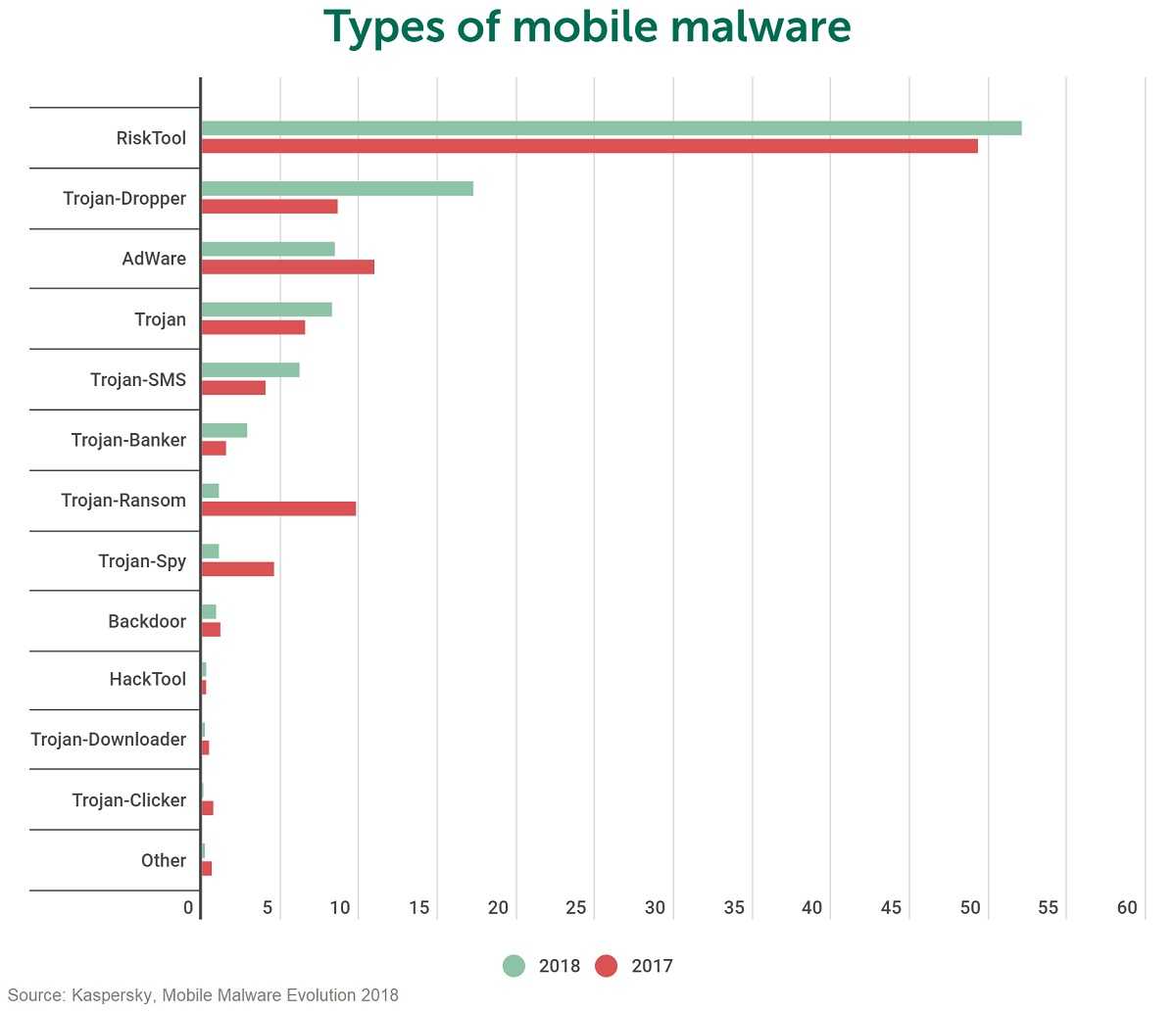With malware attacks, it’s long believed that Mac and Apple devices are generally safer than their Android counterparts. Although Apple owners may find comfort in that, hacking trends are changing in a way that’s not comforting at all. These days, hackers are pushing their malware onto all devices, including Apple in ways that are not at all good news for Apple lovers. Recently, a North Korean-linked hacking group known as Lazarus was discovered operating with malware aimed at both Apple and Android systems.
Apple’s iOS is considered more robust and more difficult to hack than Android’s because it’s a closed system. That means they are less vulnerable to hacking because Apple doesn’t release its source code to developers. On the other hand, Android systems rely on open source code, and that creates more opportunity for hackers to find weaknesses they can exploit. They’ve also been more popular for hacks and malware because the sheer number of Androids devices outranks that of iOS, creating a bigger payload for hackers than their peers. According to Statcounter, from 2018 to 2019, Android smartphones had almost 75% of market share, while Apple iPhones came in at 22%. According to Kaspersky, mobile device hacks have nearly doubled from 2017 to 2018, with 66.4 million in 2017 and 116.5 million in 2018.
Malware attacks have been growing steadily, with hackers finding new inroads and improving old tactics. The most common way malware hides is in attachments and links sent via email. Traffic redirects to sites where malware is hidden in ads or code, as well as in software updates and infected apps. That’s a lot of malware looking for a home to take root in both Apple and Android devices. No matter who makes your device, one thing for sure is malware will continue its upward surge. There are many ways to protect your devices from malware, be they Android or Apple, with personal vigilance and protective tools.
 Lookout for email phishing–it’s a very popular and effective way for hackers to install malware.
Lookout for email phishing–it’s a very popular and effective way for hackers to install malware.
- Be suspicious of unexpected emails, especially from unknown senders, and never click on attachments or links they contain.
- Social media sites are huge hacker hangouts, even for group sites you may think are safe. Sometimes you may think someone who posts is trustworthy, but he or she is actually lurking there to tempt readers into clicking their malicious links.
- Perform updates and security patches as soon as they are available. They often have fixes for system weaknesses that hackers exploit.
- Use anti-virus software and keep it updated. Scanning regularly for malware can prevent attacks or minimize the damage.
- Don’t sideload apps from third-party sites, hackers love to inject them with malware. Always use Google Play Store, the Apple App Store, or the official store for your device for app software.
© Copyright 2019 Stickley on Security Inc.
 An official website of the State of North Dakota
An official website of the State of North Dakota

